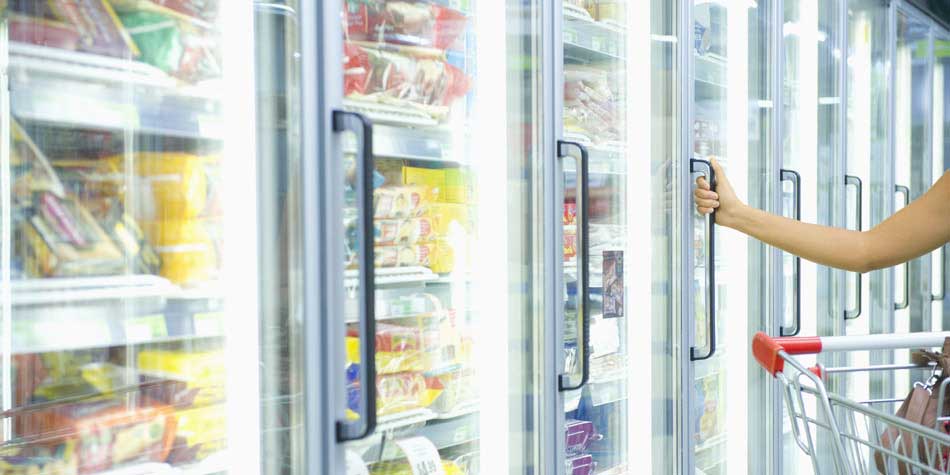
Though it may not have the colorful allure of your local produce stand, there's no denying that the frozen food aisle has its own appeal. Not only do frozen vegetables, fruits and meats have a long shelf life, but frozen fare can also be more budget–friendly than fresh, especially for food that's out of season. Plus, for those with limited mobility or arthritis, pre–cut frozen produce can make meal preparation a lot simpler.
Today, the frozen food section is bursting with pre–made meals, desserts and breaded items. These processed foods may contain high levels of saturated fats, trans fats, sugar, sodium and preservatives.
So which frozen foods are best? As with any packaged foods, label reading is key. However, food labels can be tricky to dissect. A good place to start is by looking at the percent daily value (DV) listed on the item. Choose foods that have the lowest amount of cholesterol, trans fats and saturated fats, sugars and sodium.
To summarize, when shopping in the frozen food aisle, remember the less processed an item is, the better it is for you. Here are some simple frozen food do's and don'ts to keep in mind on your next grocery trip.
Do buy:
- Plain vegetables
- Fruits with no added sugars or syrups
- Riced or spiralized veggies with no added sauces or gravies
- Plain fish, chicken or other lean meats
- Whole grains (rice, breads) with no added sauces or gravies and a sodium DV of 5% or less
Don't buy:
- Pizza
- Smoothie base mixes
- Burritos and pocket sandwiches
- Pasta dishes
- Battered and breaded foods
$webqFacilityNumber
Need a Physician?